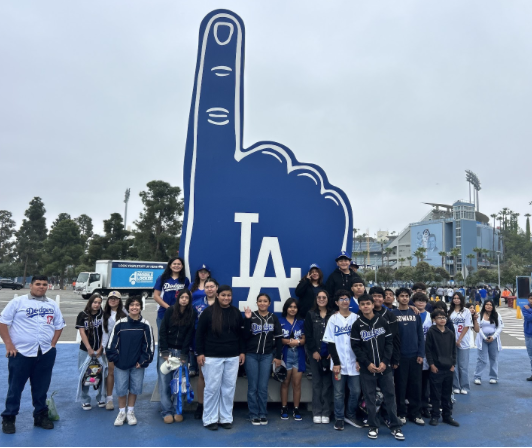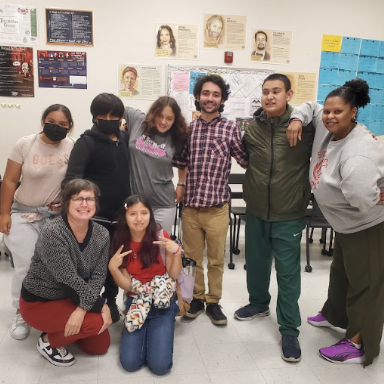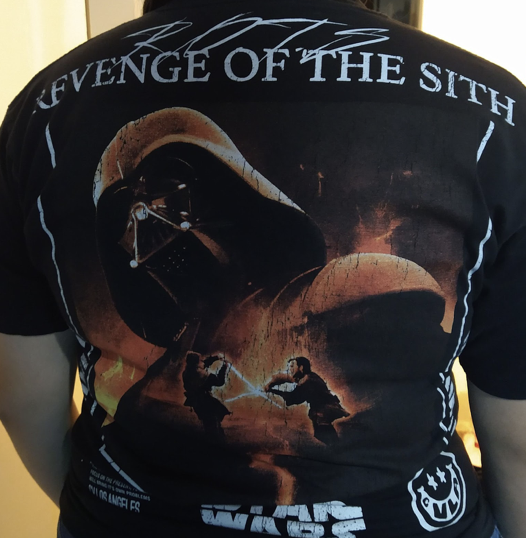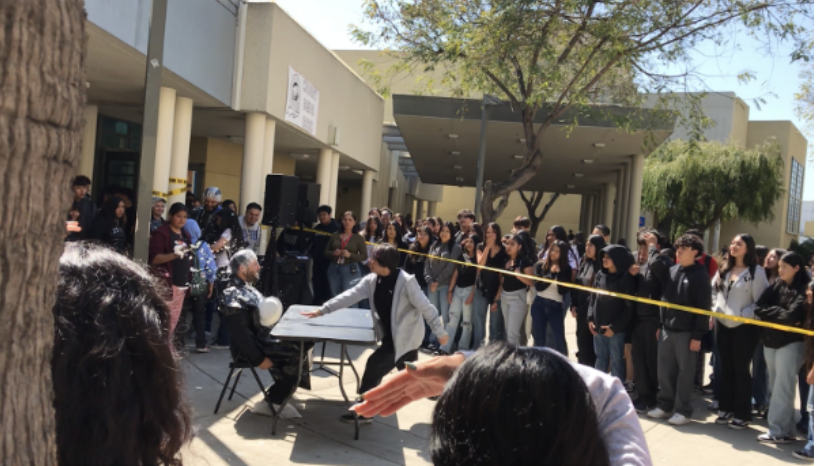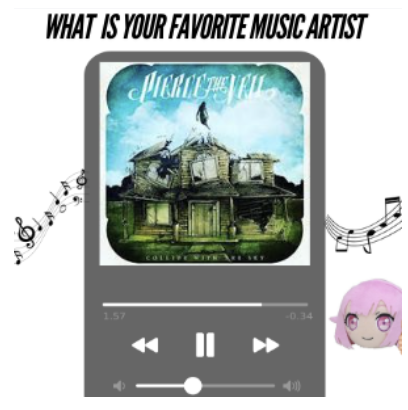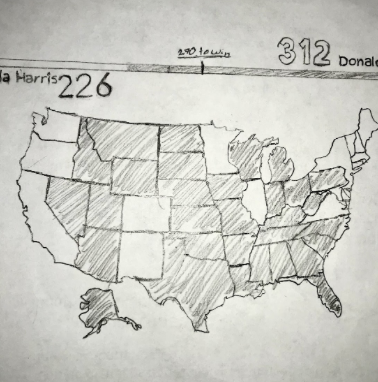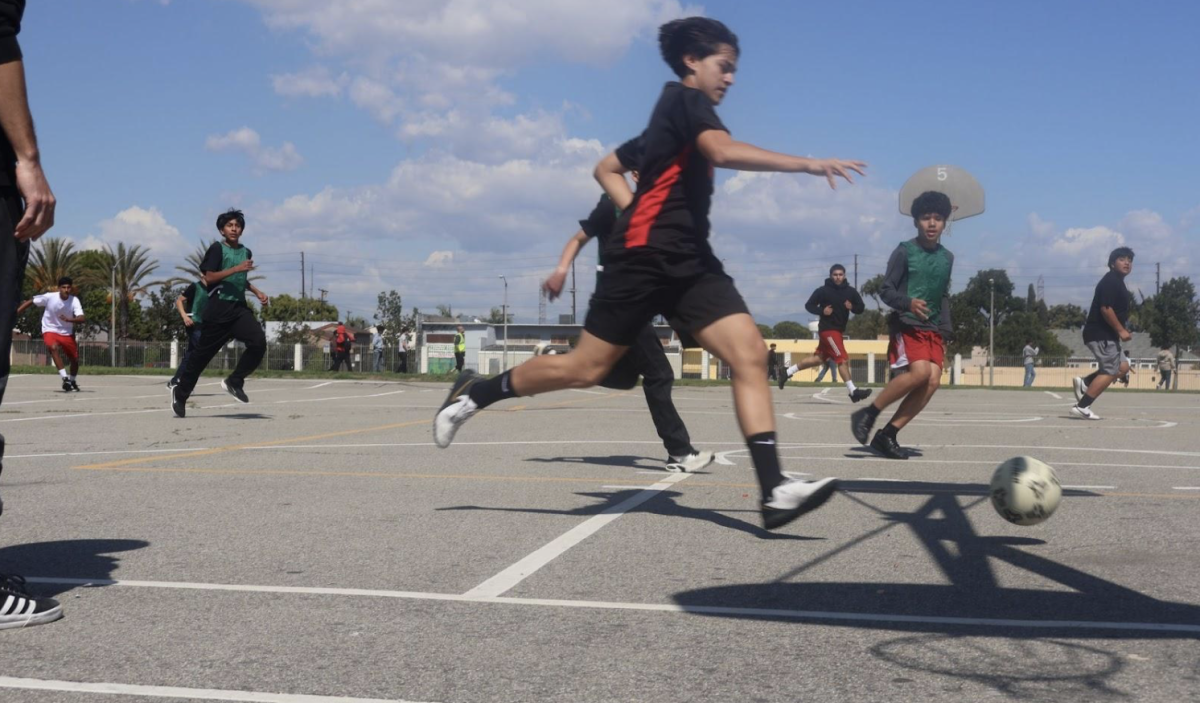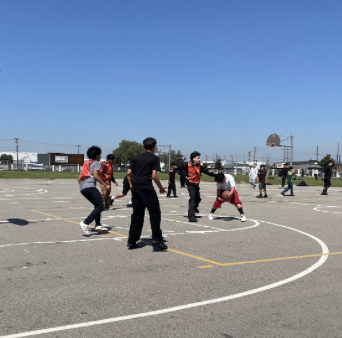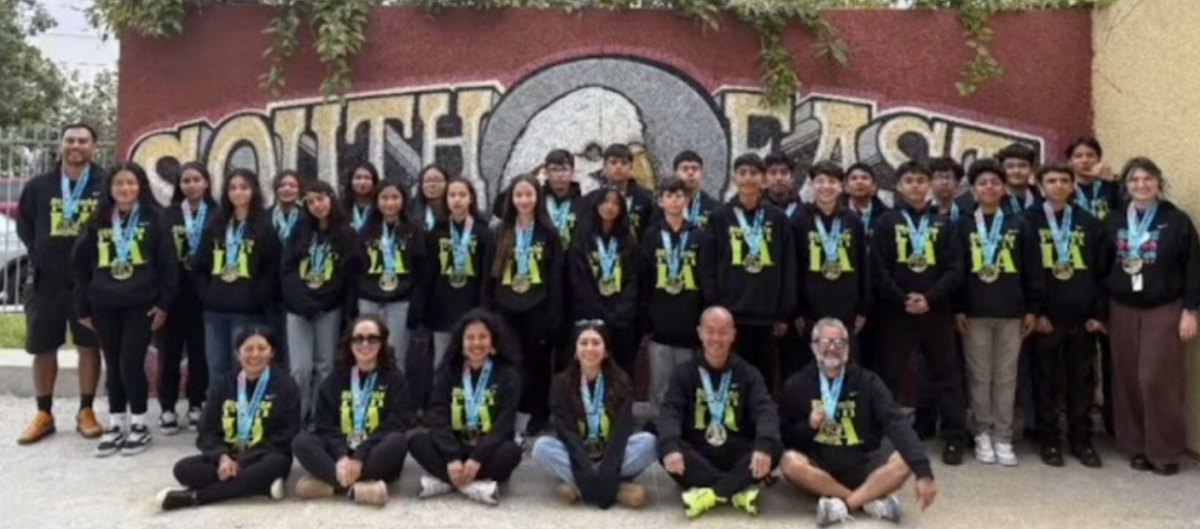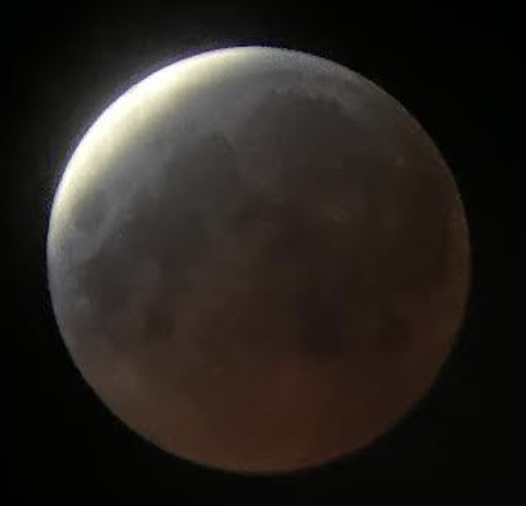 The tribe in question is the Gabrielino-Tongva Tribe, the good, the bad, and everything in between. Not to worry, although there are rather graphic events, they will not be talked about in detail but they will be mentioned as they must be talked about. Who am I to delete history?
The tribe in question is the Gabrielino-Tongva Tribe, the good, the bad, and everything in between. Not to worry, although there are rather graphic events, they will not be talked about in detail but they will be mentioned as they must be talked about. Who am I to delete history?
The Gabrielino-Tongva tribe has lived on coastal lands, present-day Los Angeles, Orange County, and parts of San Bernardino. They were among the wealthy and influential native groups in Southern California.
They were very popular amongst native tribes as their influence spread a long way. They traded with soapstone with their neighboring tribes like the Serranos and Chumash. Trade naturally flowed between the tribes.
They had very good relationships with one another. Intermarriages were normal and common with the Tongva between tribes such as the Yokuts, Chumash, Serrano, and Luiseño tribes.
Time to bring the Europeans and Spanish into the picture. Historians have theorized that the Europeans had started spreading their diseases by the mid-16th century. In 1771 the San Gabrielino Mission was founded, the Spanish had enslaved the Tonga tribe and forced them to build the San Gabrielino Mission. Hence, they got their name Gabrielino, now known as the Gabrielino-Tongva tribe.
Moving away from that, the Gabrielino-Tongva tribe has an interesting culture and traditions. The Tongva did not believe in hell or the devil. Porpoises and owls were highly respected and never killed. Men would lie on red ant hills and they would place red ants on their faces; to not show courage was disgraceful. Young men also sought visions of their animal protectors as the Tongva believed this would give them a spiritual nature.
I hope you enjoyed reading this as much as how hard it was for me to find information. The Tongva tribe isn’t as grand or influential as they once were but they continue to exist. Here in California, they have a website; if you wish to contact them or learn more about them. You can use this link Gabrielino-Tongva Tribe.


